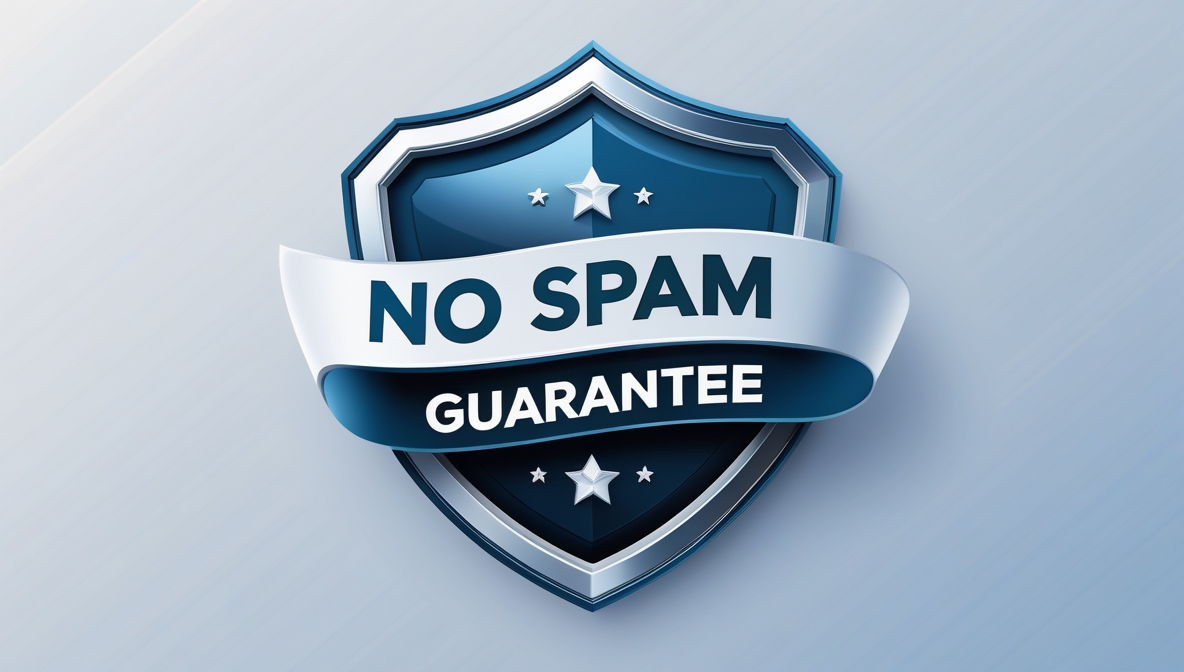In recent years, the much-reported “democratization of IT”—as delivered by the PC platform and other midtier environments—has led to a plethora of choices for users; however, the mainframe has suffered as a result. With a dwindling ecosystem and a host of siloed applications, mainframe environments are becoming an increasing source of concern to organizations worried that one day the business logic trapped within them will be inaccessible to the enterprise at large. With the average Fortune 100 company maintaining approximately 35 million lines of legacy code, you can see what a sizable problem this presents.
Unlocking the Mainframe: Modernizing Legacy Systems to a Service-Oriented Architecture
This whitepaper discusses the use of service oriented architecture (SOA) to modernize legacy environments hosted on mainframes.
Enter service-oriented architecture (SOA). Functioning as both a software development environment and a delivery framework, SOA provides a mechanism for defining business services and operating models—and in so doing provides a technological infrastructure that IT organizations can use to provide the agility and adaptability they need to meet enterprise business requirements and to modernize their legacy environments.
Downloaded 5 times
Don’t Miss These Related References:
- Modernizing Enterprise Architecture: A Strategic Framework for Web-Enabled Transformation
- Comprehensive Primer on SAP Enterprise Architecture Framework: Unlocking Business Agility and Efficiency
- Total Cost of Ownership Comparison (TCO) for Mainframe Migration Case Study
- Comprehensive ICT Strategy Guide for Modernizing Government Services
- Future-Proofing IT Organizations: A Guide to Modernizing IT Structures
Find More References Like This
Signup for Thought Leader
Get the latest IT management thought leadership delivered to your mailbox.

Our 100% “NO SPAM” Guarantee
We respect your privacy. We will not share, sell, or otherwise distribute your information to any third party. Period. You have full control over your data and can opt out of communications whenever you choose.